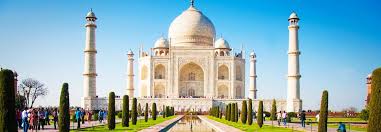
The city of Jaipur in Rajasthan is a popular tourist destination in India. Apart from the magnificent palaces and marvelous forts, there are numerous other wonderful places also around this Pink City to explore, for the tourists. There is something for everyone who visits this colourful city. The Pink City offers you lots of excitement and you cannot stop gawking at the palatial monuments of the bygone era. There are plenty of interesting places to see near Jaipur city such as Abhaneri, Sanganer, Karauli, Ramgarh, Ranthambore National Park, Bagru, Bairath, Samode, Sambhar, Sariska, National Park and Tonk etc.
The artificial lake at Ramgarh is the most alluring of all. There are also polo grounds and hunting lodge to be seen at Ramgarh. Abhaneri, a small town, known for Harshad Mata Temple and Baoris, or step wells, is also a wonderful site to visit. For art lovers, Sanganer is the one that cannot be given a miss. This village is known for papermaking, blue pottery and textile block printing. Sambhar Lake is yet another interesting place to visit where you get to see the entire salt making practice. Sariska National Park and Ranthambore National Park offer a look at various wild life species and an adventurous ride through the Park. All in all, Jaipur is a destination for everybody who cares for uniqueness, colours and heritage.
Abhaneri
Abhaneri is a small village of the Dausa district in northern Rajasthan; it is located 95km from Jaipur, towards the Jaipur-Agra highway. The present name of the village, ‘Abhaneri’, is believed to be a mispronunciation of ‘Abha Nagri’ or the ‘city of brightness’.
Bagru
Bagru is a small village in Rajastan on Jaipur-Ajmer road located at a distance of 35 kilometers from Jaipur. It’s not for any palace or fort that Bagru is popular; it is the classic wooden block printing of Bagru which is considered unparalleled. The prints which are popularly known as ‘Bagru Prints’ make the village a crafts centre well known in Jaipur and in surrounding areas
Bairath
Bairath, also known as Viratnagar, is a place of historical and mythological significance. Located about 85 km from Jaipur, it is easily accessible by road. Bairath is home to many historically important structures, which belong to Maurya, Mughal and Rajput periods.
Karauli
Karauli, former capital of the erstwhile Karauli state (princely state), is a small town in the Indian state of Rajasthan. The city has around 300 temples and is hence, regarded as one of the holiest cities of the state.
Ramgarh
Known for its artificial lake, Ramgarh is situated at a distance of approximately 35 km from Jaipur city. The lake covers an area of 15.5 sq. km and had once been a major source of water for Jaipur city. Ramgarh Lake is a manmade water body created by forming an embankment on the forested hills.
Ranthambore National Park
 Spread across an area of 392 sq kms, Ranthambore National Park is situated in the Sawai Madhopur district of Rajasthan. It is one of the largest and famous National Parks in India. Once known as the hunting base for Maharajas of Jaipur, Ranthambore National Park today is a major tourist destination.
Spread across an area of 392 sq kms, Ranthambore National Park is situated in the Sawai Madhopur district of Rajasthan. It is one of the largest and famous National Parks in India. Once known as the hunting base for Maharajas of Jaipur, Ranthambore National Park today is a major tourist destination.
Sanganer
Sanganer is a small township situated approximately 16 kilometers away from Jaipur, the capital of Rajasthan. Known for its famous handmade paper industry and the textile printing industry, Sanganer is very famous for Jain pilgrimage services.
Samode
Samode is a large town, located in the Shekhawati region, in the royal city of Jaipur, Rajasthan. An ideal desert getaway, Samode is located on the way to Shekhawati and is known for the Samode ‘haveli’ (palace), garden and fort.
Sambhar
Sambhar, situated in the Indian state of Rajasthan, is a municipality of Jaipur and is also popularly known as the Salt Lake City. Civilization here goes back a long way, and houses the Sambhar Lake National Park, Sambhar Lake Tiger Reserve and is also home to the largest saline lake in India.
Sariska National Park
Sariska National Park is one of the most visited national parks in the Alwar district of Jaipur, Rajasthan. Located around 107 kilometers away from Jaipur, this national park covers a vast expanse of 800 sq. kilometers area and is managed by the Government of Rajasthan.
Tonk
A small town near the city of Jaipur, Tonk is one of the most interesting places in Rajasthan and is renowned for its old ‘havelis’ and mosques. This elegant town of Jaipur was once ruled by the ‘Pathans’ of Afghanisthan. The ancient town takes pride in its beautiful architectural wonders,






















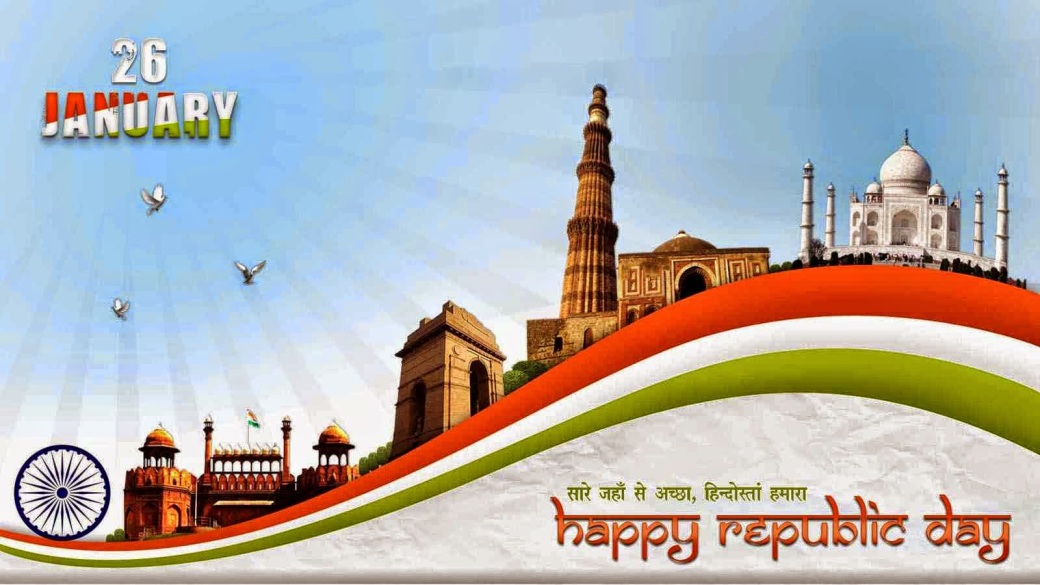
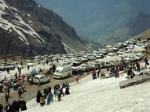

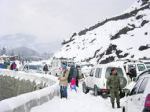

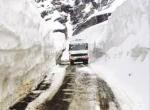
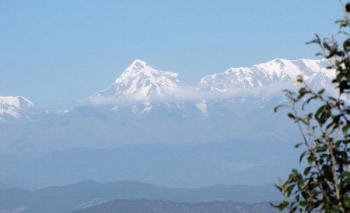
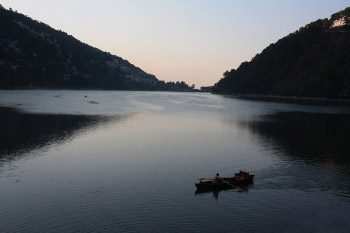
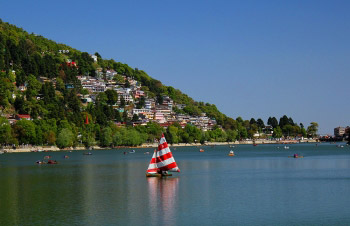
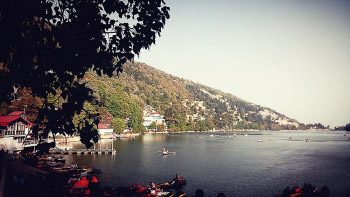
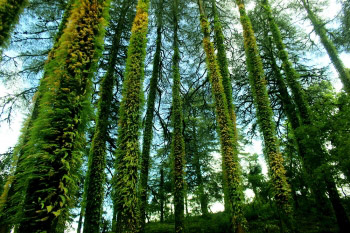
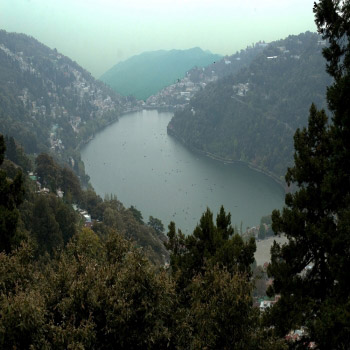
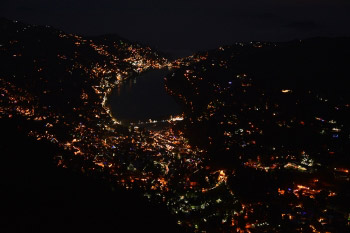
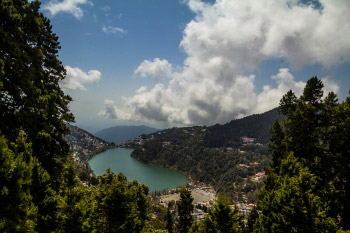
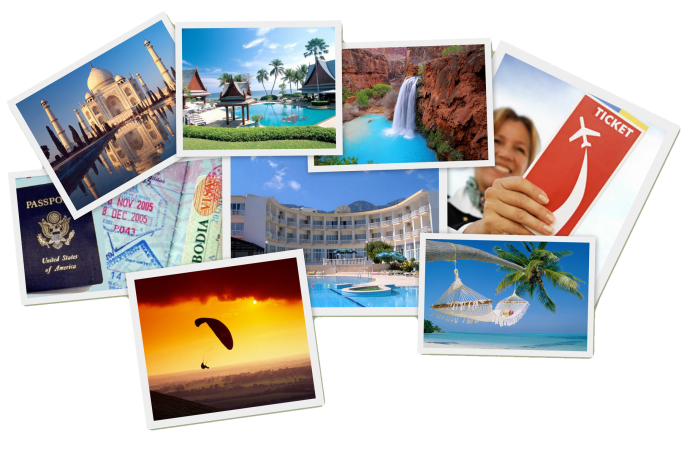
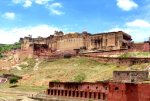

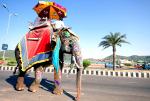
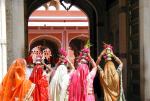
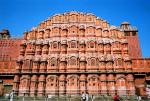
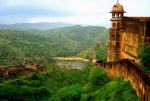

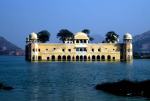
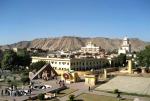

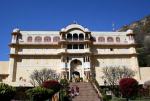
 Jaipur, also known as ‘Pink City’, is the capital of Rajasthan. It was founded by Maharaja Jai Singh II in 1727 AD. Jaipur is famous for its rich cultural heritage and has today become the most popular tourist destination in India. Here, one gets to see the architectural marvel of ancient forts and monuments that stand tall even to this day. The city has acquired the name, Pink City, because of the extensive use of pink color on the walls during the visit of Prince Wales. Jaipur today attracts a huge number of tourists from all over the world.
Jaipur, also known as ‘Pink City’, is the capital of Rajasthan. It was founded by Maharaja Jai Singh II in 1727 AD. Jaipur is famous for its rich cultural heritage and has today become the most popular tourist destination in India. Here, one gets to see the architectural marvel of ancient forts and monuments that stand tall even to this day. The city has acquired the name, Pink City, because of the extensive use of pink color on the walls during the visit of Prince Wales. Jaipur today attracts a huge number of tourists from all over the world.
 Located in the heart of the Pink City Jaipur, the City Palace was where the Maharaja reigned from. This palace also includes the famous ‘Chandra Mahal’ and ‘Mubarak Mahal’, and other buildings which form a part of the palace complex.
Located in the heart of the Pink City Jaipur, the City Palace was where the Maharaja reigned from. This palace also includes the famous ‘Chandra Mahal’ and ‘Mubarak Mahal’, and other buildings which form a part of the palace complex. The city of Jaipur in Rajasthan is a popular tourist destination in India. Apart from the magnificent palaces and marvelous forts, there are numerous other wonderful places also around this Pink City to explore, for the tourists. There is something for everyone who visits this colourful city. The Pink City offers you lots of excitement and you cannot stop gawking at the palatial monuments of the bygone era. There are plenty of interesting places to see near Jaipur city such as Abhaneri, Sanganer, Karauli, Ramgarh, Ranthambore National Park, Bagru, Bairath, Samode, Sambhar, Sariska, National Park and Tonk etc.
The city of Jaipur in Rajasthan is a popular tourist destination in India. Apart from the magnificent palaces and marvelous forts, there are numerous other wonderful places also around this Pink City to explore, for the tourists. There is something for everyone who visits this colourful city. The Pink City offers you lots of excitement and you cannot stop gawking at the palatial monuments of the bygone era. There are plenty of interesting places to see near Jaipur city such as Abhaneri, Sanganer, Karauli, Ramgarh, Ranthambore National Park, Bagru, Bairath, Samode, Sambhar, Sariska, National Park and Tonk etc.
 Spread across an area of 392 sq kms, Ranthambore National Park is situated in the Sawai Madhopur district of Rajasthan. It is one of the largest and famous National Parks in India. Once known as the hunting base for Maharajas of Jaipur, Ranthambore National Park today is a major tourist destination.
Spread across an area of 392 sq kms, Ranthambore National Park is situated in the Sawai Madhopur district of Rajasthan. It is one of the largest and famous National Parks in India. Once known as the hunting base for Maharajas of Jaipur, Ranthambore National Park today is a major tourist destination. Jaipur, popularly known as the Pink City, other than the vibrant culture and heritage palaces and forts, is immensely famous for the numerous fairs and festivals it holds in its backyard. People rejoice various festivals all through the year along with the exciting and alluring fairs. Every region of Rajasthan has its own form of folk entertainment, songs, traditions, dressing sense, etc. which shows the true Indian diversity. Also, the people of Rajasthan are well known for their warm welcome, delicacies, traditional attires, rituals, culture, etc. Irrespective of caste and creed, people come together and enjoy the festivals and fairs held in the state. In the capital city of Rajasthan, the festivals such as Teej,
Jaipur, popularly known as the Pink City, other than the vibrant culture and heritage palaces and forts, is immensely famous for the numerous fairs and festivals it holds in its backyard. People rejoice various festivals all through the year along with the exciting and alluring fairs. Every region of Rajasthan has its own form of folk entertainment, songs, traditions, dressing sense, etc. which shows the true Indian diversity. Also, the people of Rajasthan are well known for their warm welcome, delicacies, traditional attires, rituals, culture, etc. Irrespective of caste and creed, people come together and enjoy the festivals and fairs held in the state. In the capital city of Rajasthan, the festivals such as Teej, 
 India is brimming with a rich cultural heritage. Jaipur is known as the Pink City and is also the capital of Rajasthan. Jaipur is a shoppers’ elysium. You can find many different kinds of handicrafts, jewelry, fabrics and even carpets here. Jaipur represents the rich and vibrant lifestyle and tradition of Rajasthan. It offers the best traditional Rajasthani artwork and textiles from this city are world famous. They have different types of products like tie-n-dye and bandhej sarees, kurtas and dress materials. These products are most popular for their patterns and designs. Jaipur is also famous for its jewelry which is a beautiful combination of traditional and contemporary styles with Thewa and Kundan being the most popular. In Jaipur, there are a great many stores where you can find a lot of different things that cater to the authenticity and the flavors of Rajasthan. Jaipur is a vibrant and beautiful city, filled with bazaars which are hospitable to anyone.
India is brimming with a rich cultural heritage. Jaipur is known as the Pink City and is also the capital of Rajasthan. Jaipur is a shoppers’ elysium. You can find many different kinds of handicrafts, jewelry, fabrics and even carpets here. Jaipur represents the rich and vibrant lifestyle and tradition of Rajasthan. It offers the best traditional Rajasthani artwork and textiles from this city are world famous. They have different types of products like tie-n-dye and bandhej sarees, kurtas and dress materials. These products are most popular for their patterns and designs. Jaipur is also famous for its jewelry which is a beautiful combination of traditional and contemporary styles with Thewa and Kundan being the most popular. In Jaipur, there are a great many stores where you can find a lot of different things that cater to the authenticity and the flavors of Rajasthan. Jaipur is a vibrant and beautiful city, filled with bazaars which are hospitable to anyone.
 For all shopaholics, Jaipur is the perfect destination; a haven actually. The splendid city of Jaipur takes pride in its remarkable handiworks that preserve its ancient art and crafts, which are renowned worldwide.
For all shopaholics, Jaipur is the perfect destination; a haven actually. The splendid city of Jaipur takes pride in its remarkable handiworks that preserve its ancient art and crafts, which are renowned worldwide. Jaipur, the capital of the state of Rajasthan, was founded on 18 November 1727, by Raja Sawai Singh II. It is one of the planned cities of India and is a principal tourist destination. It is filled with ancient forts and monuments that boast of its glorious past. A large number of temples and other religious places reflect the spiritual value of the dynasties of the past, who built them. Apart from the forts and temples, a good number of gardens also enhance the effervescent beauty of Jaipur.
Jaipur, the capital of the state of Rajasthan, was founded on 18 November 1727, by Raja Sawai Singh II. It is one of the planned cities of India and is a principal tourist destination. It is filled with ancient forts and monuments that boast of its glorious past. A large number of temples and other religious places reflect the spiritual value of the dynasties of the past, who built them. Apart from the forts and temples, a good number of gardens also enhance the effervescent beauty of Jaipur.

 One might consider Jaipur, a city located near the Thar Desert, as barren but that is not the case. Jaipur, the Pink City, is not only famous for forts, temples and monuments but also for gardens which further enhance its value on the tourism map. Jaipur has plenty of gardens, both natural and artificial, and the government has taken ample measures to preserve it. When the Kachhwaha Rajput king, Maharaja Sawai Jai Singh II planned the city, he gave special importance to the gardens in the city. Most of the gardens were dedicated to the queens, as in the case of Sisodia Rani Ka Bagh which was constructed for his second wife. Other prominent gardens in the city are Kanak Vrindavan Valley and Vidyadhar Garden.
One might consider Jaipur, a city located near the Thar Desert, as barren but that is not the case. Jaipur, the Pink City, is not only famous for forts, temples and monuments but also for gardens which further enhance its value on the tourism map. Jaipur has plenty of gardens, both natural and artificial, and the government has taken ample measures to preserve it. When the Kachhwaha Rajput king, Maharaja Sawai Jai Singh II planned the city, he gave special importance to the gardens in the city. Most of the gardens were dedicated to the queens, as in the case of Sisodia Rani Ka Bagh which was constructed for his second wife. Other prominent gardens in the city are Kanak Vrindavan Valley and Vidyadhar Garden.
 Sisodia Rani Ka Bagh is situated at a distance of 10 km from Jaipur city and lies on Jaipur-Agra highway. This royal garden was built by Maharaja Sawai Jai Singh in 1728 for his second queen Sisodia. Sisodia Rani Garden is adorned with beautiful wall paintings of Radha-Krishna love story.
Sisodia Rani Ka Bagh is situated at a distance of 10 km from Jaipur city and lies on Jaipur-Agra highway. This royal garden was built by Maharaja Sawai Jai Singh in 1728 for his second queen Sisodia. Sisodia Rani Garden is adorned with beautiful wall paintings of Radha-Krishna love story.